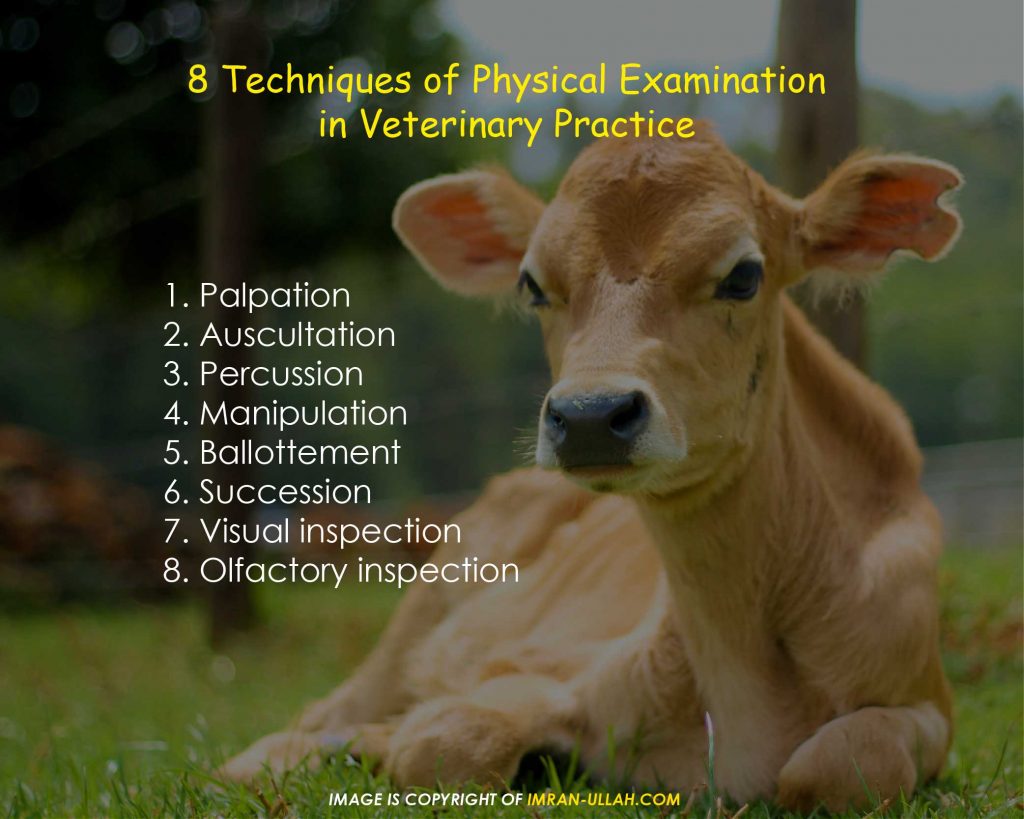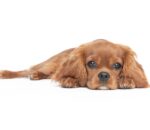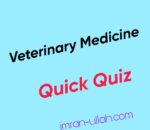Expertise in the following techniques is essential to become a successful veterinarian. Along with the helping equipments for clinical examination, these techniques are very necessary. Techniques used in the physical examination of animals are listed below
1. Palpation (touching)
Changes in shape, size, consistency, position, temperature, and sensitivity to touch (pain response) can be assessed by palpation. It helps to differentiate inflammed regions of the body and even to get an idea of the pulse rate of animals.
2. Auscultation (listening)
Changes in the frequency, rhythm, and intensity of normal sounds can be detected. Abnormal sounds can be identified. Stethoscopes are often used to increase the perceptivity. It is used to get idea of heart beat and also ruminal motility.
3. Percussion (tapping)
The resonance of an object can be determined by the vibrations produced within it by the application of a sharp force. The sound produced provides information regarding the shape, size, and density of the object. Percussion is performed to diagnose the left or right side abomasal displacement.
4. Manipulation (moving)
Manipulation of a structure indicates the resistance and the range of movements possible. Abnormal sounds may be produced, and the pain produced in response to the movement can be assessed. It is performed to point out the site of fracture or paralyzed regions of animal.
5. Ballottement (rebound)
This is performed by pushing the body wall sharply and forcefully so that internal structures are first propelled against the body wall then on recoil rebound against the operator’s fingers. This enables the presence or character of an internal structure to be assessed.
6. Succussion (shaking)
Succussion is performed to determine the fluid content of a viscus. The shaking induces the fluid inside the viscus to produce an audible sloshing sound which can be detected by auscultation.
7. Visual inspection
This is used to identify abnormalities of conformation, gait, contour and posture. Visual appraisal may help determine the size and character of a lesion. It also helps to understand the behavioural condition of the animal.
Visual inspection helps the clinician to pinpoint the following abnormalities or to inspect the parts of animal body .
- Appearance
- Posture
- Body Condition
- Act of defecation
- Act of urination
- Responsiveness
- Skin coat condition
- Behaviour
- Gait
- Respiration abnormalities
- Condition of the nose
- Condition of the ears
- Condition of the eyes
- Visible mucous membranes
- Condition of external genitalia
- Discharges from natural orifices
8. Olfactory inspection
Olfactory inspection is used to identify and distinguish abnormal smells which may be associated with the disease. Different smells can be noted from fecal material, nasal secretions, and other body secretions.


